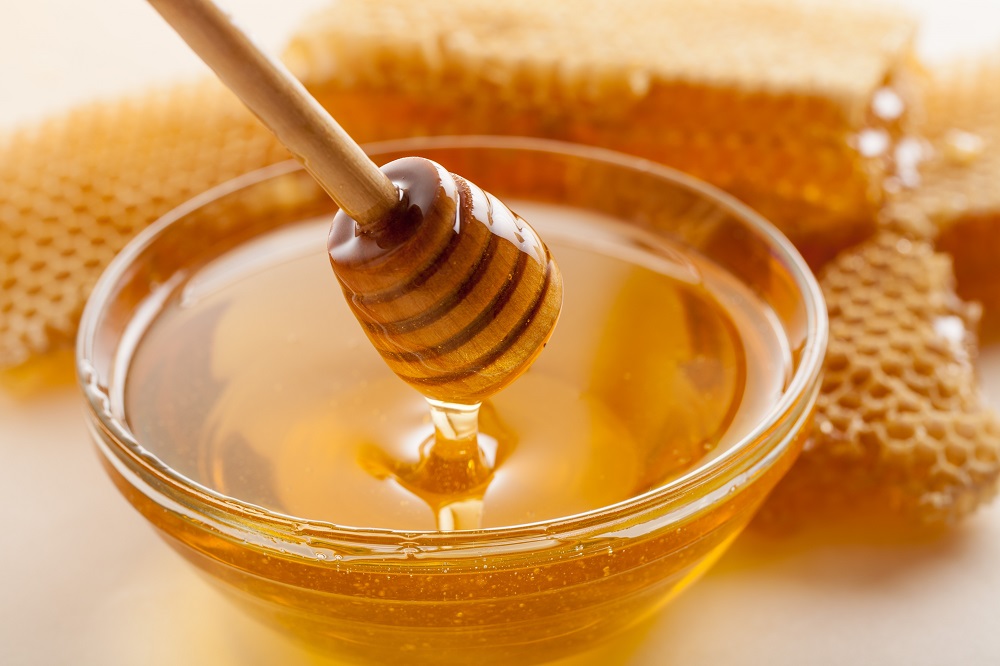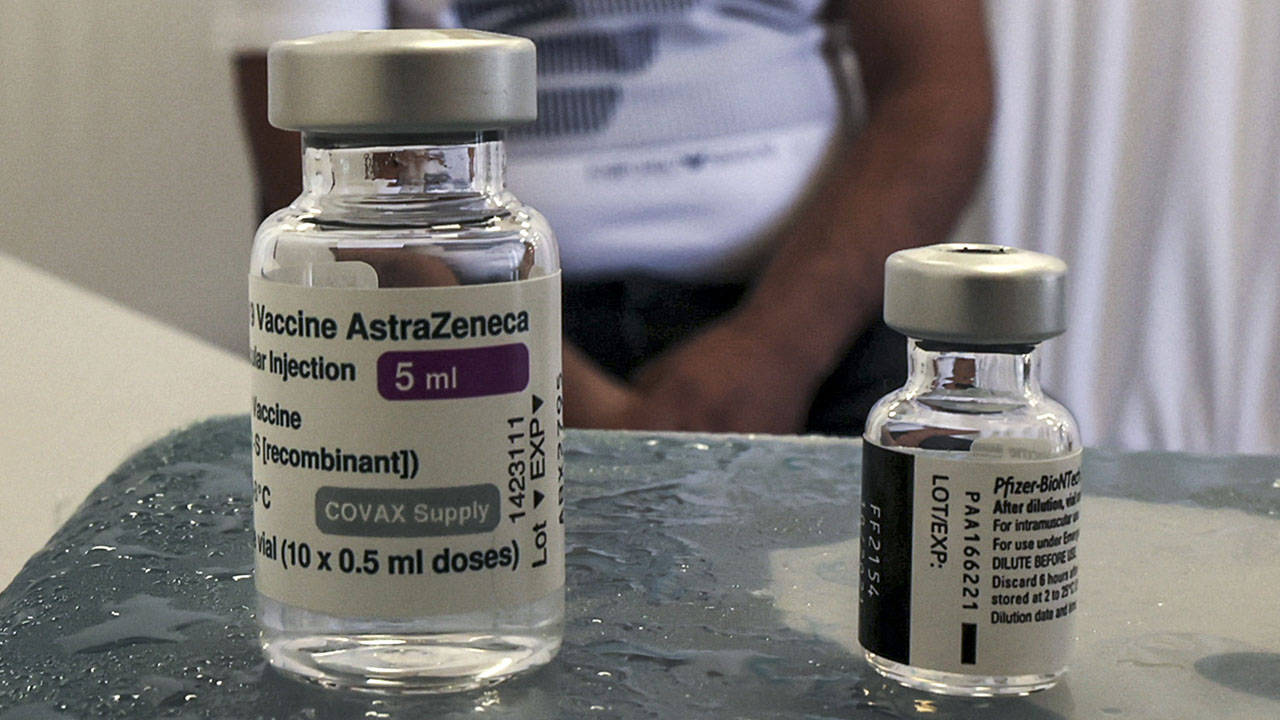Assessing the Ecotoxicological Effects of Vinyl Chloride in Water Systems
Vinyl chloride is a ubiquitous chemical compound that’s central to several industrial processes and found in various consumer products. In the last decade, vinyl chloride has emerged as a formidable threat to the health of our water systems. Its pervasive presence in manufacturing activities and its subsequent release into the environment present a multifaceted challenge for us.
As this chemical infiltrates waterways, it poses grave risks to aquatic ecosystems, disrupting delicate balances and jeopardizing the well-being of countless species. Moreover, the repercussions extend beyond mere environmental concerns, encompassing profound implications for human health and well-being.
An Ohio train accident from 2023 had riled up several environmental organizations, including Beyond Plastic, which began advocating for the ban on vinyl chloride.
The Inside Climate News recently uncovered that according to a new report, accidents related to vinyl chloride are far more common than people think. The report defined the average of vinyl chloride’s manufacturing, storage, and transport-related incidents to be “once every five days since 2010.”
In this article, we aim to explore the intricate interplay between vinyl chloride and water systems, seeking to unravel the complexities of its impact.
Sources and Distribution of Vinyl Chloride in Water Systems
Industrially, vinyl chloride is commonly used in the production of polyvinyl chloride (PVC). During PVC manufacturing, vinyl chloride can be released into the atmosphere and subsequently deposited onto land or water surfaces through air deposition or runoff.
Additionally, industrial wastewater discharges from facilities involved in the production or use of vinyl chloride can directly release the chemical into water bodies.
Effluents from chemical plants, textile manufacturing, and plastic production facilities may contain vinyl chloride, further contributing to its presence in water systems. Moreover, accidental spills, leaks, and improper disposal practices can lead to localized contamination of surface waters and groundwater, exacerbating the problem.
Once released into water systems, vinyl chloride can travel via surface runoff, leaching into groundwater, where it eventually settles into bodies of water.
ToxicFreeFuture notes that the detection of vinyl chloride in groundwater is most common in areas near production sites and landfills. It also reveals that if water contaminated with vinyl chloride is used for showering, cooking, or laundry in homes, it can contaminate indoor air.
Ecotoxicological Effects of Vinyl Chloride
The ecotoxicological effects of vinyl chloride encompass a range of adverse impacts on aquatic organisms and ecosystems. Vinyl chloride is highly toxic to aquatic life, posing significant risks to fish, invertebrates, and aquatic plants.
Exposure to high concentrations of vinyl chloride can lead to acute effects such as mortality, impaired reproduction, and developmental abnormalities in aquatic organisms. TorHoerman Law observes that chronic exposure to lower concentrations can also result in long-term health effects, including reduced growth, impaired immune function, and behavioural changes.
One of the primary concerns regarding vinyl chloride is its potential to bioaccumulate in the tissues of aquatic organisms. A study published by the National Institute of Medicine points out that due to their small size, microplastics like polyvinyl chloride (PVC) are easily absorbed by the aquatic biota, negatively impacting their health.
According to the study, neurotoxicity, histopathological damage, and embryotoxicity are the primary health effects that PVC microplastics can cause in aquatic species.
The Camp Lejeune contaminated water lawsuit is another example of the ecotoxicological effects of vinyl chloride. It is one of the toxic substances found in the contaminated water of Camp Lejeune, which led to several serious health conditions for over one million people residing at the camp between 1953 and 1987.
The health conditions include 12 types of cancers, as well as birth defects and injuries, renal toxicity, scleroderma, aplastic anemia, and more. According to the Agency of Toxic Substances of Disease Registry (ATSDR), the toxins found in the camp’s water included VOCs from:
- Degreasers
- Dry cleaning solvents
- 70 other hazardous chemicals
Vinyl chloride was one of the four chemicals found in concentration in the contaminated water, with the other three being Benzene, Trichloroethylene (TCE), and Tetrachloroethylene (PCE or PERC).
Methods for Assessing Ecotoxicological Effects
Several methods are employed to assess the ecotoxicological effects of vinyl chloride on water systems, encompassing laboratory studies and field investigations.
Laboratory Studies
Laboratory studies involve controlled experiments conducted in laboratory settings to assess the toxicity of vinyl chloride to various aquatic organisms.
Acute toxicity tests determine the lethal concentration of vinyl chloride that causes mortality in a short period, typically within 48 to 96 hours. On the other hand, chronic toxicity tests examine the effects of prolonged exposure to lower concentrations of vinyl chloride on organisms’ growth, reproduction, and development.
Lastly, bioassays utilize living organisms – such as Daphnia magna or fish embryos – to evaluate the toxicity of vinyl chloride and its effects on specific endpoints like behaviour, enzyme activity, or gene expression.
Field Investigations
Field studies involve real-world assessments of vinyl chloride contamination in natural water bodies and their associated ecosystems.
Monitoring programs are designed to regularly sample water, sediment, and biota from affected areas. They assist in quantifying concentrations of vinyl chloride and assessing its impact over time.
Whereas ecological risk assessments evaluate the potential ecological risks posed by vinyl chloride contamination. These assessments take into consideration factors such as exposure pathways, sensitivity of local species, and ecosystem dynamics.
Frequently Asked Questions (FAQs)
What are the immediate effects of a vinyl chloride spill?
Acute exposure to high concentrations of vinyl chloride can cause drowsiness, headache, fatigue, dizziness, and loss of consciousness among the victims.
What happens if vinyl chloride explodes?
Because vinyl chloride is heavier than air, it can travel along the ground, causing a fire or explosion far from the source. When it decomposes while burning, it produces hydrogen chloride and phosgene fumes that are toxic and corrosive.
How are humans exposed to vinyl chloride?
Humans are exposed to vinyl chloride through three major sources:
- Ingestion of water contaminated with vinyl chloride
- Inhalation of vinyl chloride-contaminated air
- Dermal contact with consumer products which contain vinyl chloride
In conclusion, the assessment of the ecotoxicological effects of vinyl chloride in water systems reveals a complex and concerning reality. Through laboratory studies. and field investigations, we have uncovered the significant threats posed by this chemical to aquatic organisms and ecosystems.
Moving forward, it is imperative to continue monitoring and research efforts and implement effective regulatory measures. We must also promote sustainable practices to mitigate the impact of vinyl chloride contamination on water quality and the delicate balance of aquatic ecosystems.















